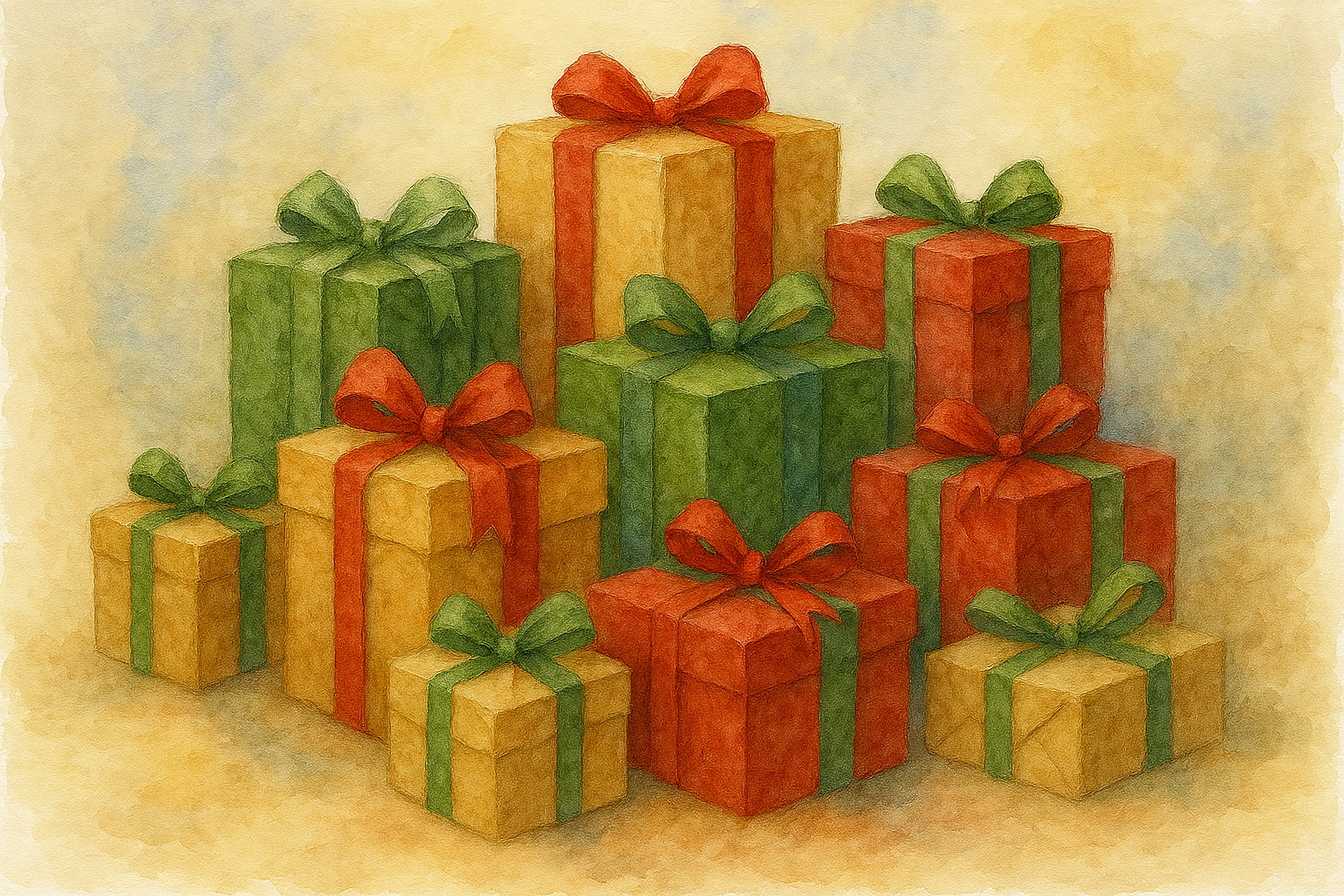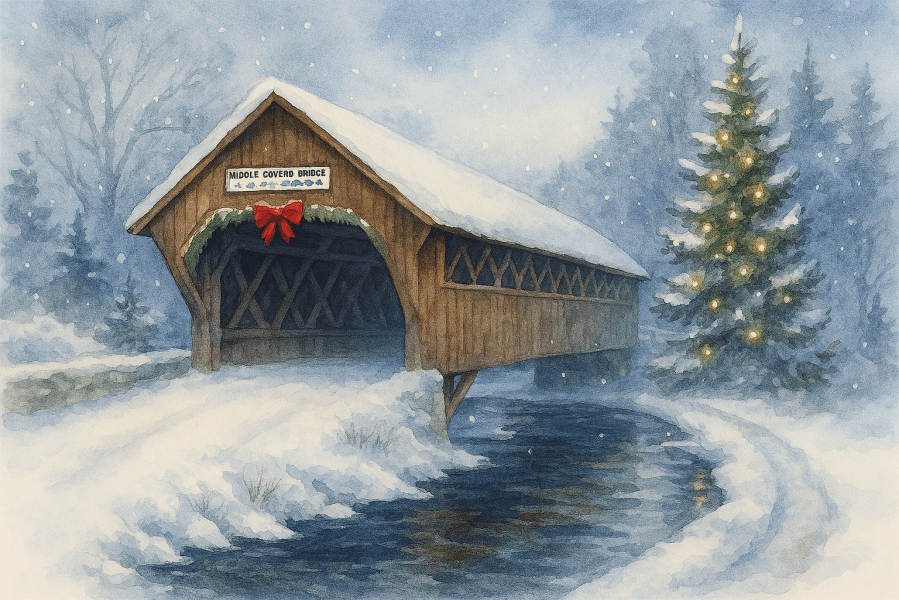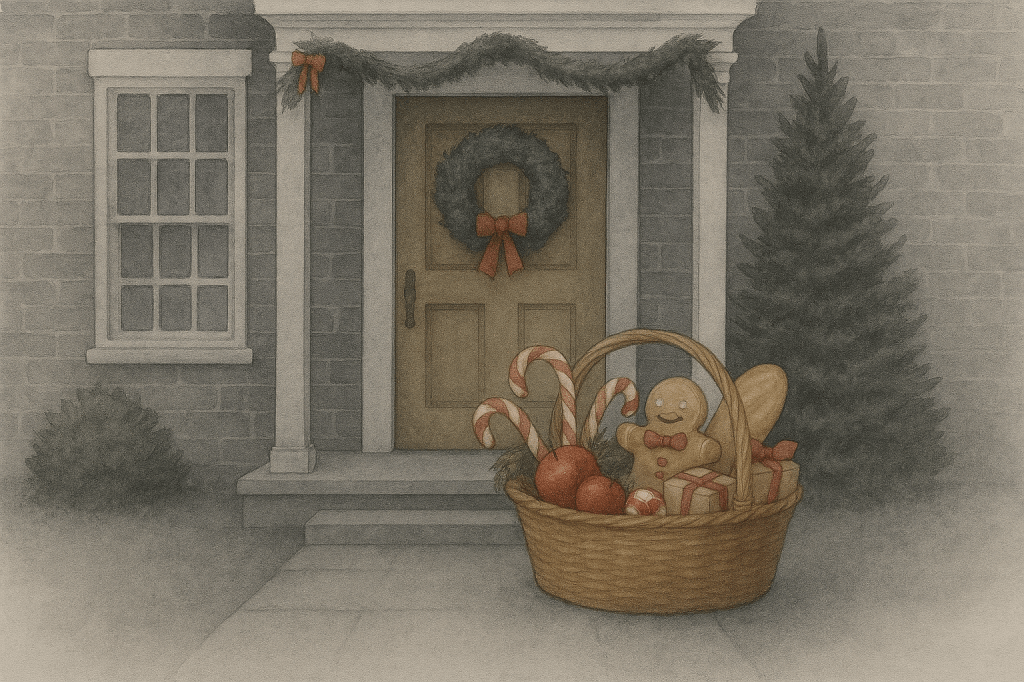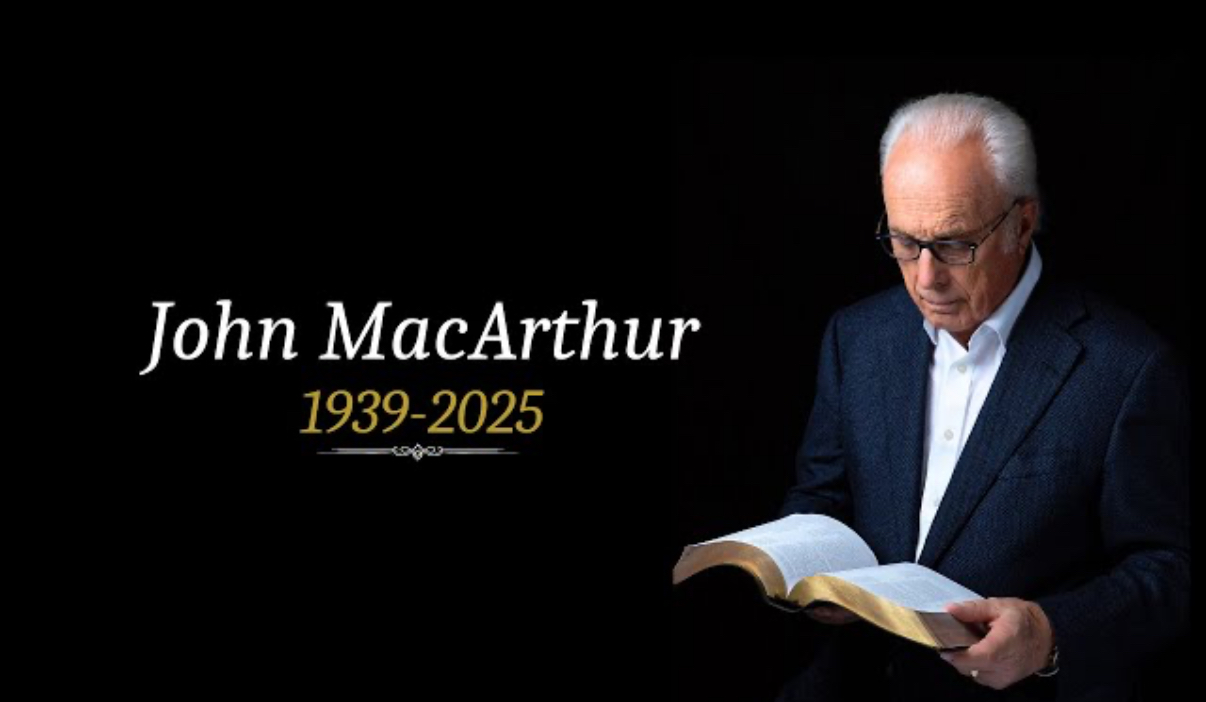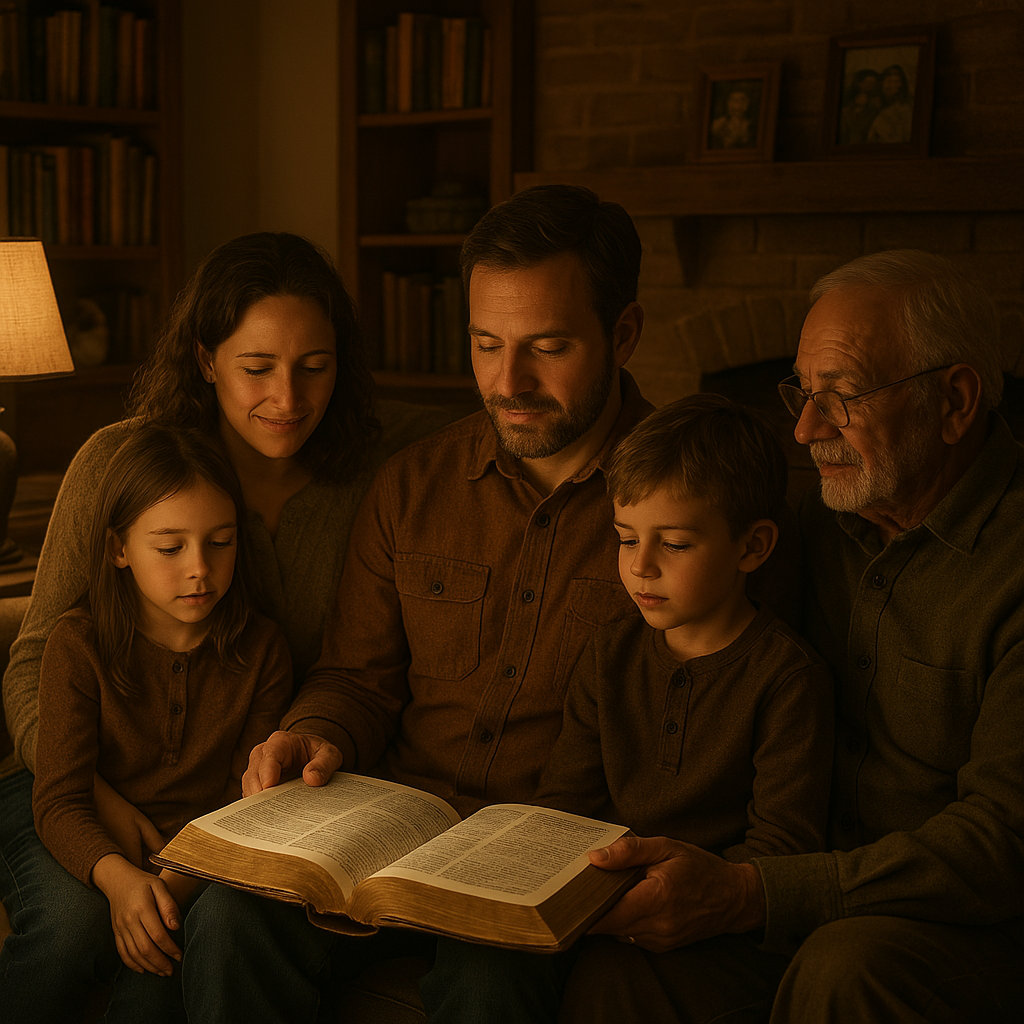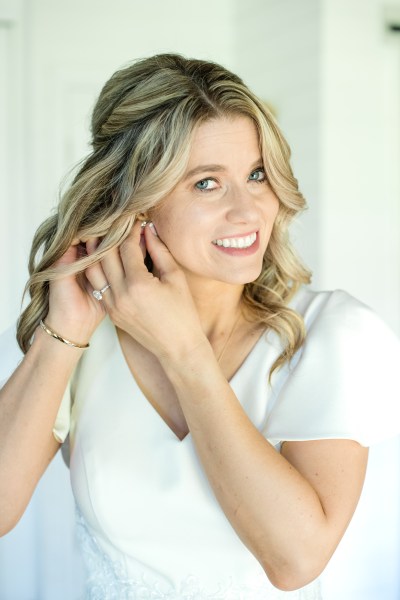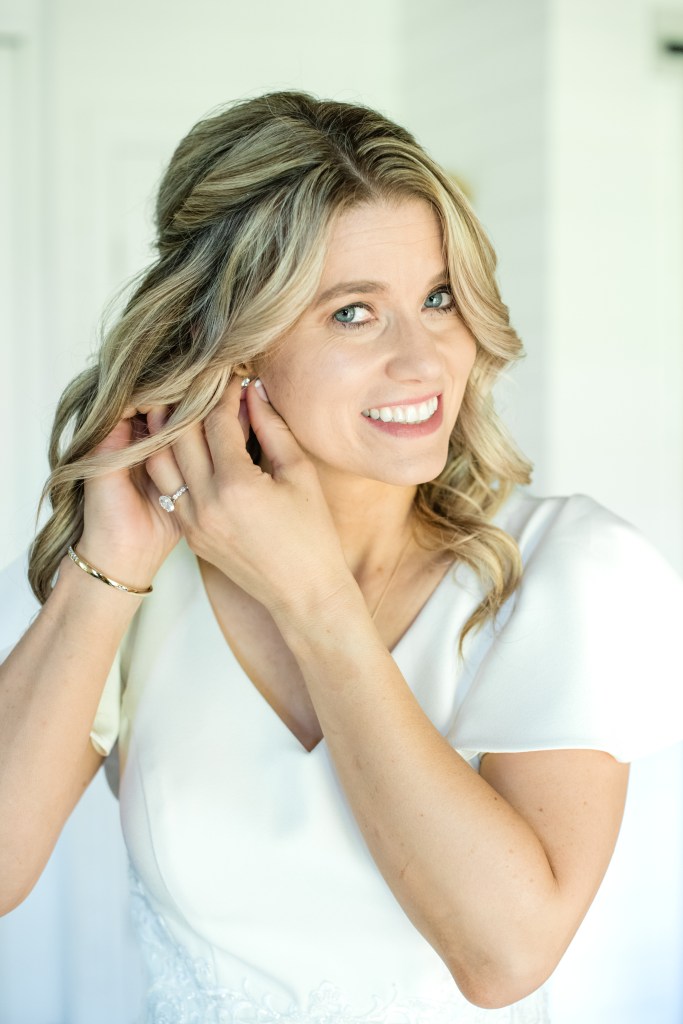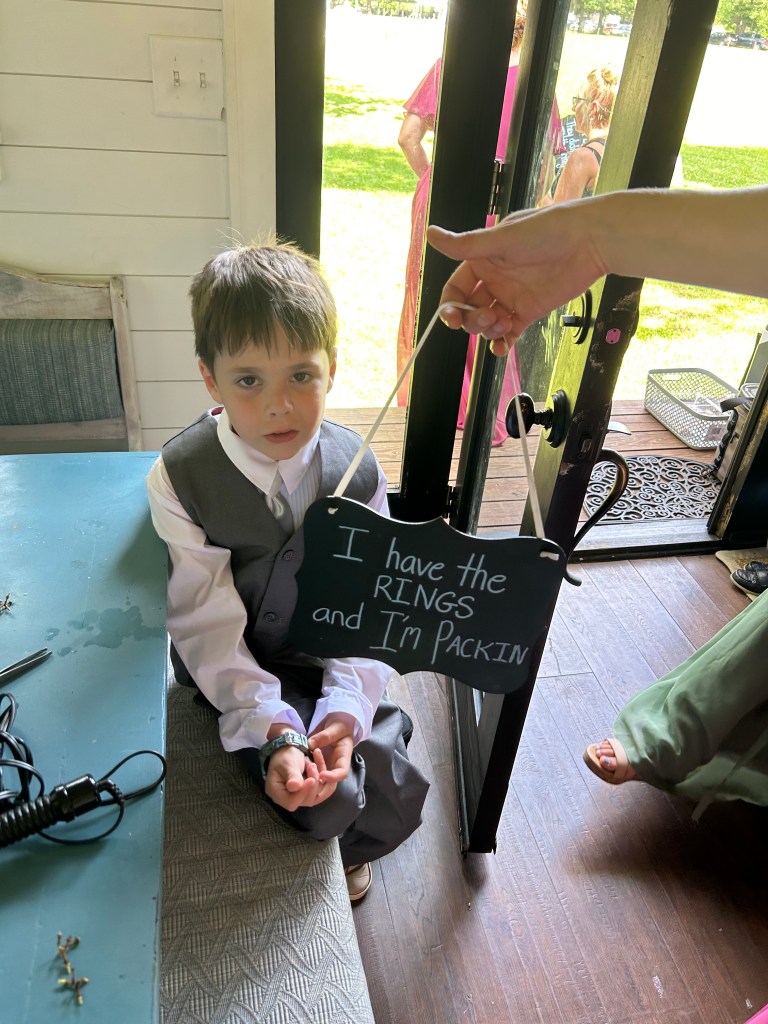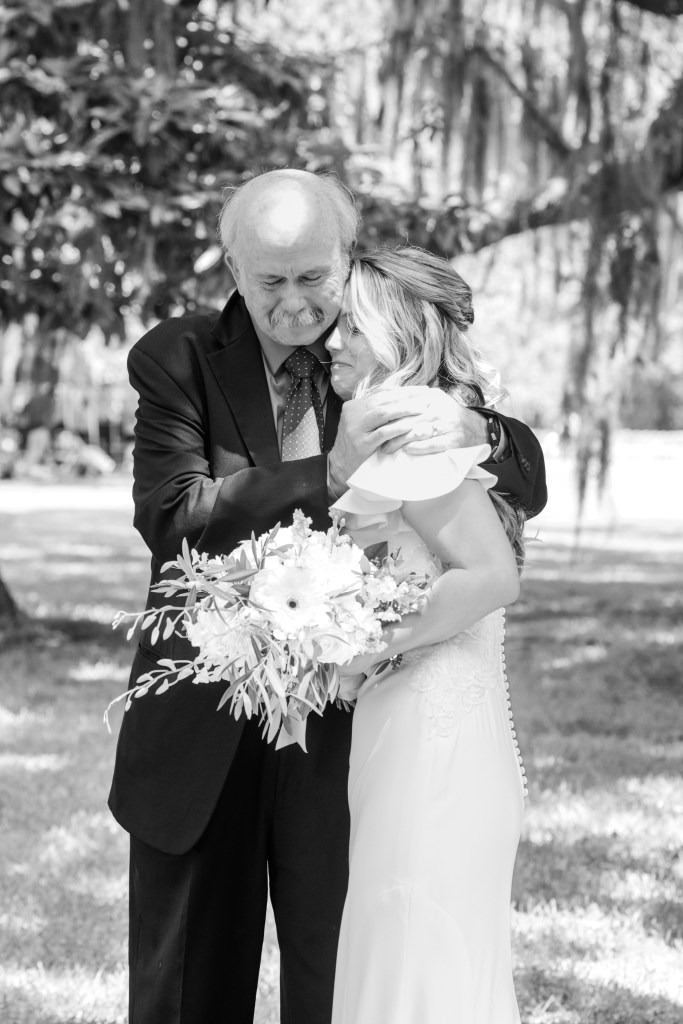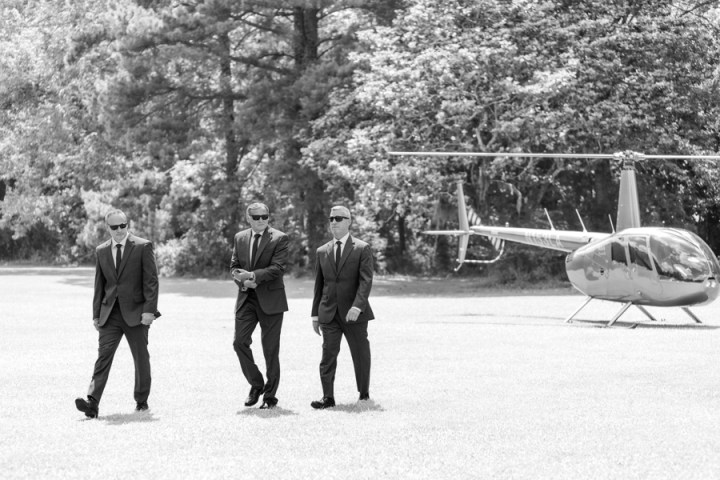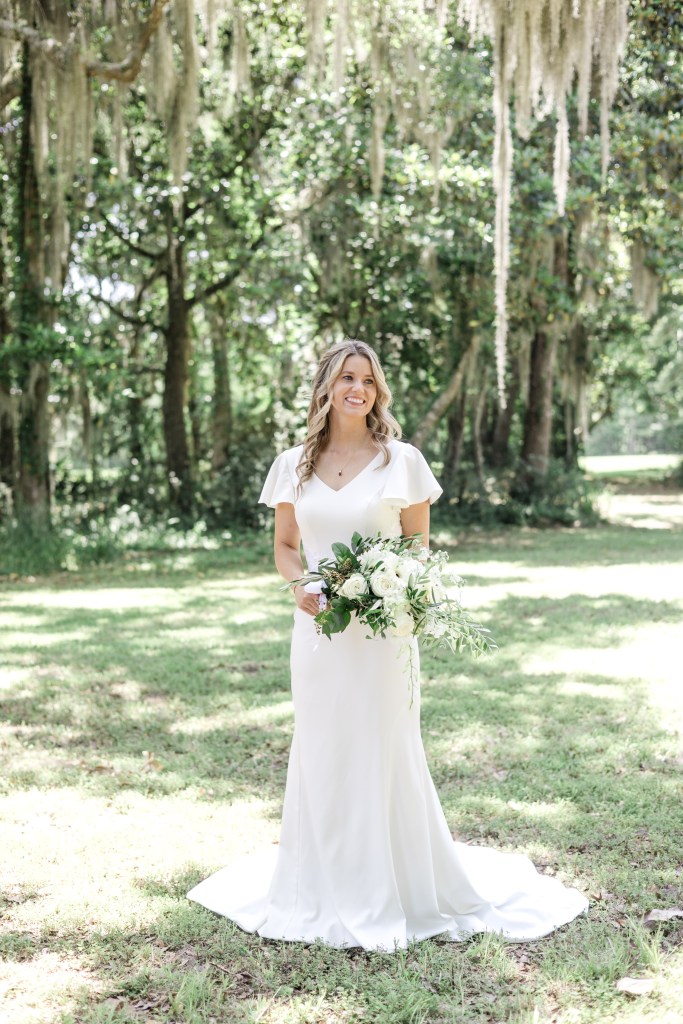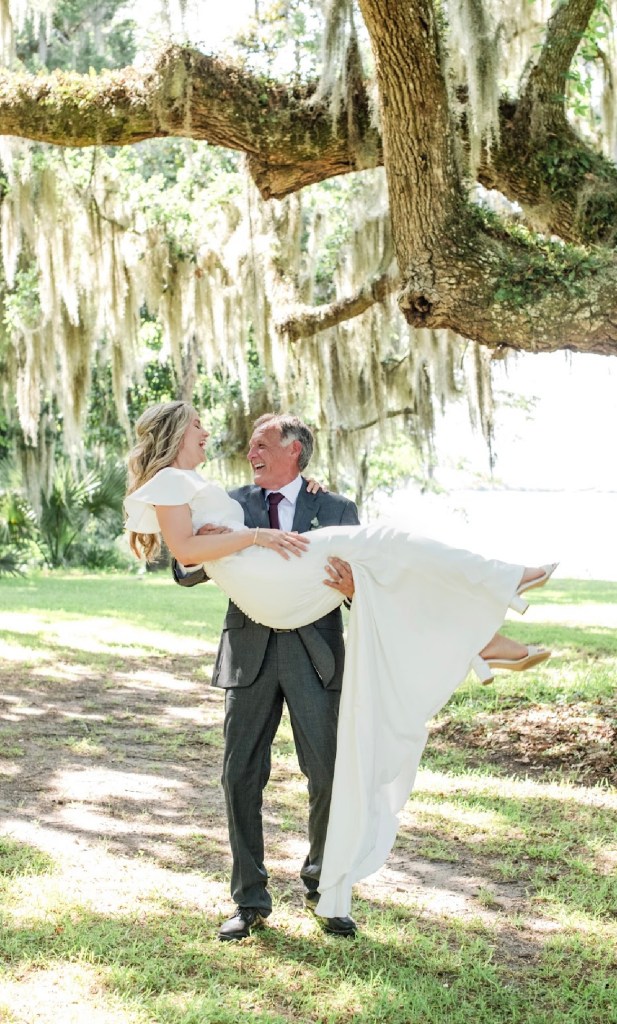Missed the beginning? Click here.

The two did not exactly spring out of bed early on Christmas Eve. Stuart was exhausted from his 16-hour work days and Julia still had catching up from her sleepless night.
But by mid morning, Julia’s Subaru was making it’s way out of the neighborhood. Julia chuckled at all the deflated blowups that littered the neighborhood lawns. “It’s like Christmas threw up in the officer housing,” Stuart joked.
The five-hour car ride to Woodstock was slightly awkward. Julia could see that despite Stuart’s enthusiasm, he was still a bit nervous. It had been a long time since they had tried to do something not related to her illness. And for her part, even though Julia’s fear of the worst had passed, she still felt keenly the distance between them and the rawness of the terrible twelve hours she had lived only a short time ago.
But soon, Stuart was telling her about the remodel he had done and she got to see pictures on his phone. Julia told Stuart about little screaming Malachi and how she had helped Carrie get ready for their family festivities.
“Didn’t you used to say she intimidated you?” Stuart asked.
“Yes…well…not anymore. I am still impressed with her though. I don’t know many women who could handle that much screaming and not lose their minds.”
“Or men.”
“Yeah, I don’t know any men who could,” Julia said teasingly.
“Well…you’re not wrong.”
“I’d be open to doing foster care one day.” Julia kept her eyes on the road; not sure whether she dared read the expression on Stuart’s face at that.
“I’m listening,” he said finally.
And Julia found herself continuing. “It’s funny, as I held that little guy and felt him squirm and kick and scream, it taught me something. I saw myself in a whole new way…”
Stuart truly was listening. It felt so good to communicate about something besides doctors and medical bills. “He taught me something, in fact. Probably sounds silly…but the first day I was there I just saw how he cried and cried; so unhappy with his life even though all his needs really were being met. I thought about you…how you’ve held me through it all. You’ve been there each step of the way. You’ve been patient with all my mood swings. You’ve loved me in sweat pants and no make up. You haven’t complained when we’ve had to spend your hard-earned money on traveling to Boston for second opinions…I realized how thankful I was for you.”
“It was nothing.” Stuart replied in a husky voice that Julia knew was attempting to cover tears of his own.
“But then…I don’t know if I should tell you this part…”
“Tell me.”
“Then I was leaving the Grimsley’s house around ten or so. For no real reason, I decided to drive around the long way back to the house.” Julia still hesitated. “And I saw…your truck.”
They both were silent for a moment. She could see he was absorbing what she was saying.
“I saw your truck at the Greens. I knew Eric was gone; but I didn’t know—”
“Olivia was out of town.”
“Right. The only thing I could think of was that you were lying to me—”
“Why didn’t you ask?” Eric seemed slightly irritated. “Surely, you know I wouldn’t lie to you. I was only there a few minutes.”
“You hadn’t been answering your phone.”
There was silence again. Julia wasn’t sure if she should regret telling him or be glad it was done. She did feel like saying it to him had brought her a sense of relief.
But once it sunk in, Stuart seemed to understand. “I didn’t answer my phone because I was so determined to surprise you. I was afraid you were going to start asking questions and I didn’t want to have to lie.”
It felt so good to be talking again.
He continued. “I know you’ve been through a lot this year; I wanted to make Christmas special. Get you to a different setting where you didn’t have to think about…things.”
“To your credit, even though the facts looked bad; and even though my mind was running away with things; I couldn’t quite believe it. And what’s more, I didn’t want to believe it. There’s nothing like feeling like you’re losing something to make you appreciate it.” She echoed Julia’s words from earlier.
“Boy, don’t I know.” Stuart looked at Julia with a tenderness in his eyes that made her fall in love all over again.
There is nothing as wonderful as falling in love with the man you’re already married to, she realized. Nothing.
There was silence for a moment and then Stuart talked.
“I was feeling pretty low that night too. We weren’t talking much—maybe I shouldn’t have tried so hard to keep a secret. It was all I could think about and I didn’t want to blow it. But anyway…I couldn’t talk to you. Eric’s gone. Most of the guys on base lead pretty different lives…we talk some, but it isn’t the same.”
Julia nodded.
“And this may seem childish to you…but I was really missing my family. Christmas was always a huge deal at our house. We would always have a pickleball tournament—Dad and Mom would buy the winner a new pair of tennis shoes. Brian and I would get pretty cutthroat.” He laughed, then continued. “Mom would made prime rib and Aunt Sally would bring a chocolate cake that’s just out of this world.”
Julia reached for his hand. Stuart had never told her this.
“I missed last Christmas because of our engagement. And the two years before that because I was deployed. I feel like my nephews and nieces are growing up and I’m missing it. You know? I want to be the fun uncle. Especially since…” he drifted off and Julia knew what he was thinking. She gave his hand a squeeze to make sure he knew it was okay to keep talking. But he didn’t finish.
“Next year,” she said, “next year, we will go spend Christmas with your family.” But then she caught herself. “Actually, I think I’m just going to let you plan. I think you do just fine.”
Stuart squeezed her hand and then seemed to find his voice again. “That next morning, my Bible reading was especially meaningful to me. It was about Immanuel.”
“God with us.”
“Yeah. And it was just a perfect reminder for me, right then. I wasn’t alone. We aren’t alone. He will always be with us. And that’s enough.”
The two finished the ride holding hands. The silence no longer felt awkward or sterile. It was warm and comforting. They had a Savior. That was enough.
———————————-
Woodstock was beautifully decorated for Christmas. The hotel was like a storybook. There was a big roaring fire in the lobby and festive trees at every corner. The place was buzzing.
“I thought we’d go to that little church in town for the early Christmas Eve service,” Stuart told her. “Then, I made dinner reservations at 6:30.”
Julia opened her suitcase and started to unpack. “I don’t know if I brought anything to wear to church,” she bemoaned. She hadn’t dressed up in ages.
“How about this?” Stuart was taking her burgundy engagement dress out of his suitcase. “It’s Christmasy. And it looks beautiful on you.”
Stuart wanted to walk to the church so they wouldn’t lose their parking place. It was a little cold for that, but Julia decided not to complain. It wasn’t far and it would be fun to peak in the store windows on the way.
As if God was smiling on them, a light sprinkling of snow began to fall. “This reminds me so much of last year!” Julia commented. And just then, they reached the wooden covered bridge where Stuart had popped the question one year ago, today.
It was still just as quaint. The falling snow hadn’t started to stick yet, but it did make it even more romantic. Julia was trying to find the words to say something more when Stuart interrupted her thoughts.
“Look at that dog over there.” Julia turned to see where he was looking. That was something they had noticed last year; everyone seemed to have a dog in this town. But this time, she didn’t see one.
She looked back to see Stuart, down on one knee. “Julia, I can’t imagine my life without you. I believe God has made us uniquely suited to do life together as a family. I love you and I always will. Would you grow old with me?”
“Yes.” Julia said. Because, in that moment, she could think of nothing else to say. But yes was not enough. So she said it again. “Yes…yes…YES!” And with that, she threw herself into his arms.
And this time, he caught her.

